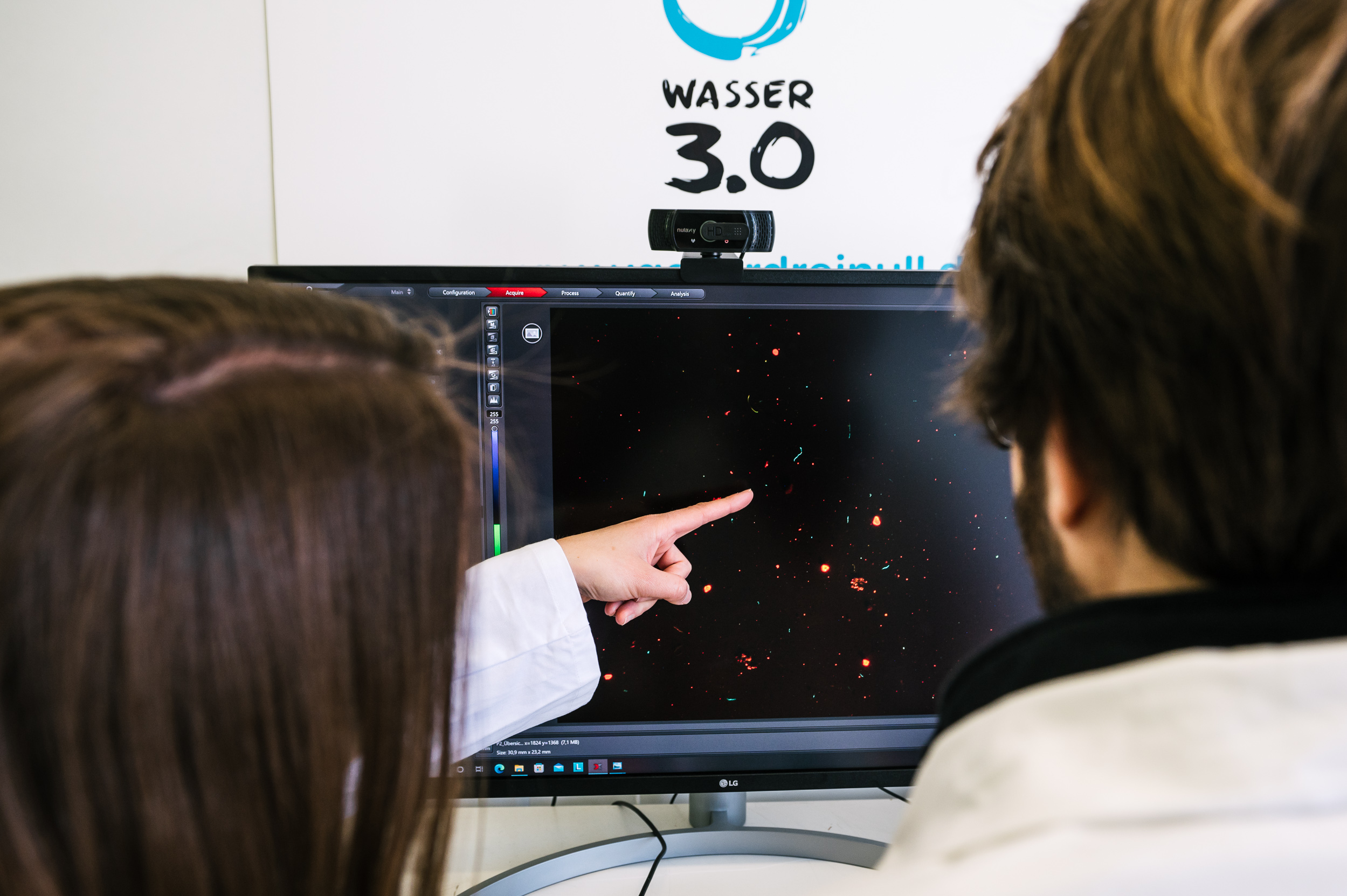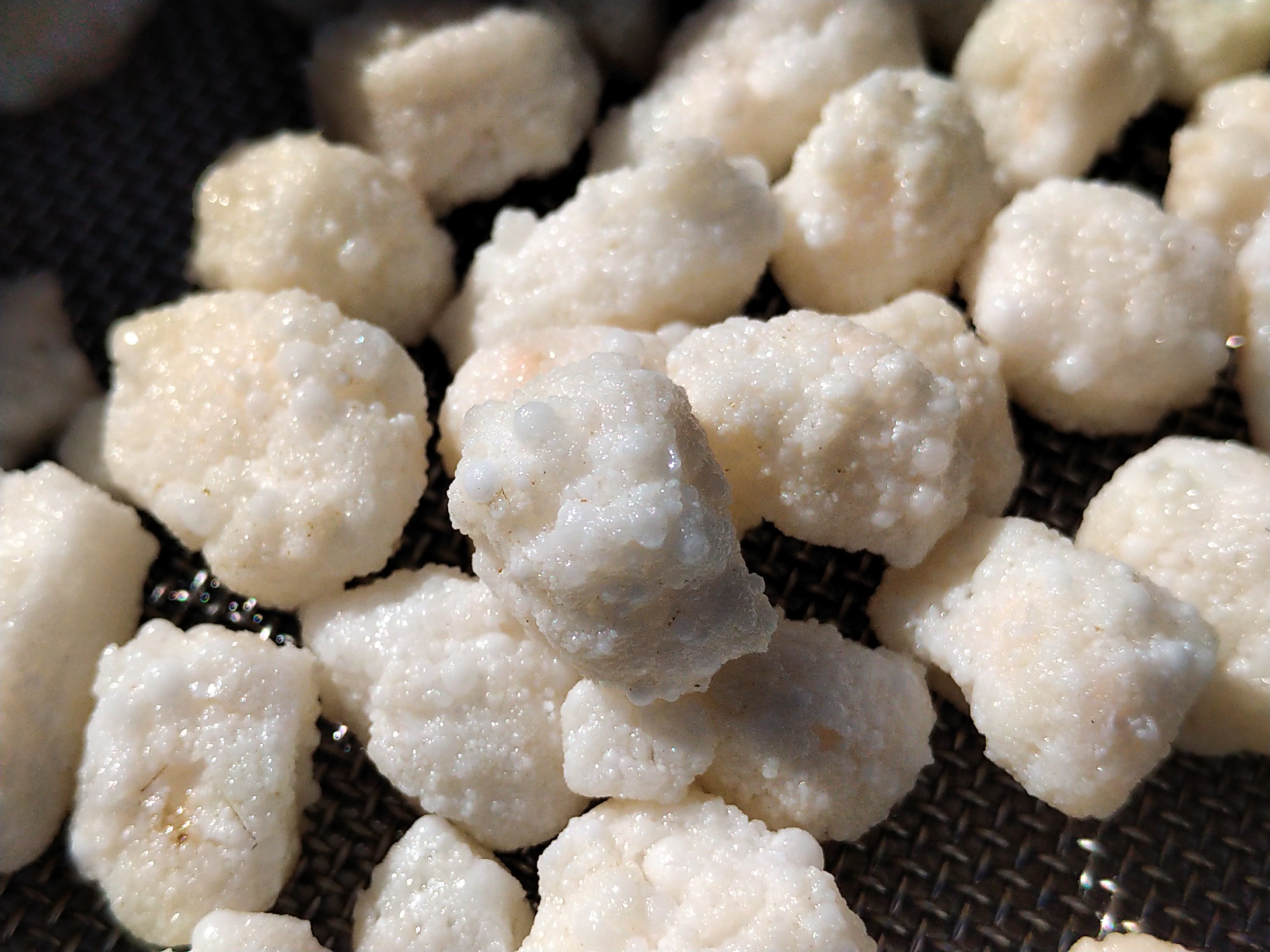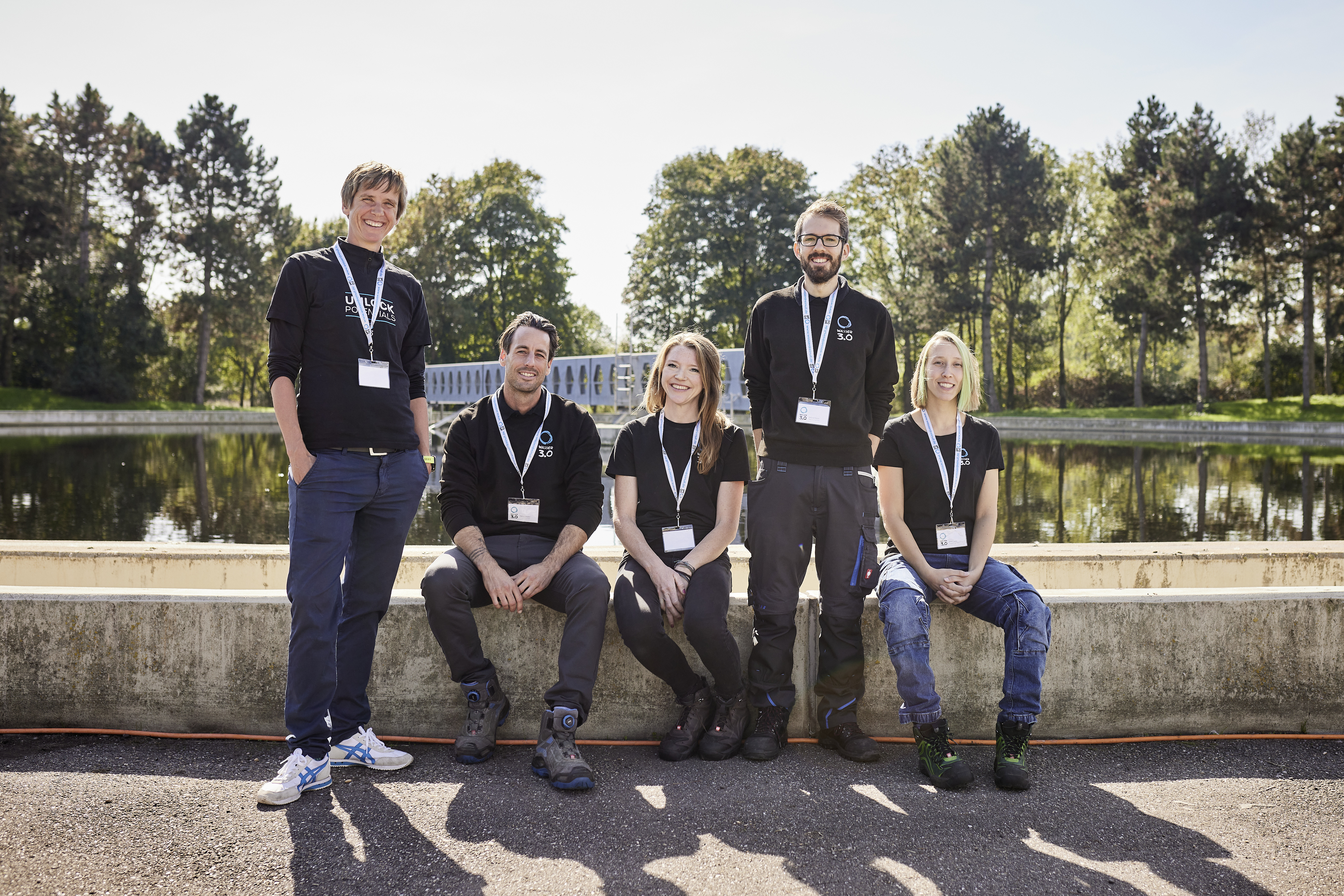Main navigation
How to sustainably remove and recycle microplastics from water
We all pollute our water with things we use in our everyday lives - whether we want to or not. In the process, microplastics and micropollutants accumulate in sometimes significant quantities and are difficult to remove. This has increasingly devastating consequences for our health and the environment. Wasser 3.0, a non-profit start-up from Karlsruhe, has declared war on this problem by developing a customisable process to detect, remove and even recycle these pollutants.
We usually do not spend much thought on clean water, It is something we take for granted in Germany – thanks to wastewater treatment plants. However, industry and households are producing more and more contaminants that are difficult to detect – let alone remove – including microplastics and micropollutants.
Microplastics are tiny plastic particles less than five millimetres in size that enter the environment through many products and habitual actions in our daily lives, such as plastic waste, clothes washing, tyre wear from driving, tooth brushing and showering, or even playing football on artificial turf sports fields - the list is endless. Micropollutants, i.e. pharmaceuticals, drug residues, PFAS (per- and polyfluorinated alkyl compounds, also known as ‘forever chemicals’) and pesticides, are even more difficult to detect with the naked eye, as they enter water courses in trace amounts.
Public awareness of these pollutants - and microplastics in particular - as a global environmental problem is now firmly established. However, so far legislation has been discussed but not passed or implemented. So for now the only option is to try to remove microplastics from the environment. This is easier said than done, as ridding water of microplastics poses enormous challenges for science and industry. This is why the green tech start-up Wasser 3.0 from Karlsruhe has spent the last decade developing efficient, cost-effective and circular solutions for detecting, removing and recycling microplastics in (waste-) water.
Green chemistry removes microplastics
Dr. Katrin Schuhen, a chemist and former junior professor of organic and ecological chemistry is the company’s inventor and managing director. For more than ten years, she and her team have been researching and developing hybrid silica gels based on green chemistry for (waste-) water purification. These are high-tech material compositions that the team are already being using successfully in practice. A co-developed fluorescence-based rapid test for microplastics allows processes to be set up and controlled individually and removal efficiency to be determined.
The start-up calls its strategy against microplastics "#detect|remove|reuse". Initial customers include companies that produce, process and recycle plastics. In addition to the removal of microplastics, either process chemicals and water are recovered at the desired pH value and temperature or wastewater is discharged microplastic-free and COD-reduced (COD stands for chemical oxygen demand and is a theoretical value that indicates how much oxygen would be needed to break down all pollutants).
Much more than "just" technology and application

In addition to developing and scaling-up its technology, Wasser 3.0 is also focusing on education and research on microplastics. This makes the company more than just a classic technology start-up: the non-profit GmbH is standing up for water without microplastics and micro-pollutants as defined by the United Nations Sustainable Development Goals. This means that 100 percent of its profits are reinvested in research and educational projects, such as the digital-real educational space WASoMI (WASser ohne Mikroplastik; water without microplastics), which is open to all interested parties free of charge and ad-free. But also in other learning projects run by Wasser 3.0, the team rely on a microlearning strategy where knowledge is imparted in small units (texts, videos, animations or graphics) of a few minutes’ duration.
In the area of science and research, Wasser 3.0 is currently working on five projects involving different aspects of microplastic-free water. One project focuses on how much microplastic is produced when we do our laundry and another focuses on how much microplastic is released into the environment from synthetic functional clothing during sport. In addition to its offices in Karlsruhe, the Wasser 3.0 team has access to a company-owned research centre with a service lab and test centre on the grounds of the Landau sewage treatment plant. Work carried out there includes cross-technology process evaluations, validations and feasibility studies.
Treated microplastics float on water like popcorn
The name of the start-up - Wasser 3.0 (Water 3.0) - refers to three chemical concepts aimed at removing the three main classes of pollutant from water: inorganic, organic and microplastic contaminants. The ultimate goal is to achieve a "zero pollutant" situation. The removal of these pollutants is based on a simple principle known as clump-and-skim technique. It is a process in which hybrid silica gels that are harmless to health are added to polluted water. These organic compounds clump together with microplastics and micropollutants when stirred. They then form popcorn-like lumps - microplastic agglomerates - that float to the surface of the water where they are skimmed off either with a skimmer or coarse-pore filters, depending on their size. There are no by-products. The clumps of microplastic, which are created by treating microplastics and micropollutants with hybrid silica gel as a kind of glue, can be recycled and used, for example, as a substitute for insulation and building materials. Further product applications are currently being evaluated.

The technology - Wasser 3.0 PE-X® - that the team are using to treat wastewater considers each type of wastewater and each process individually and is adapted on a case-by-case basis. Custom-fit solutions can therefore be set up according to circular economy and sustainable process design criteria and are therefore always aligned with the highest level of environmental, social and economic efficiency. The solution process always starts with a detailed analysis of the total pollutant load (actual-state analysis) based on existing or new data. The hybrid silica gels and the process can be adapted according to the type and quantity of pollution identified and the problem at hand. The company has the clear goal of reducing over 95 percent of the microplastics pollutant load and over 80 percent of the micropollutants pollutant load in a reproducible way.
The relatively young company is already a proven success: its idea has won numerous national and international awards including the 2022 Baden-Württemberg Innovation Award, the 2022 Next Economy Award of the German Sustainability Award Foundation and the 2021 Aqua Tech Innovation Award.
